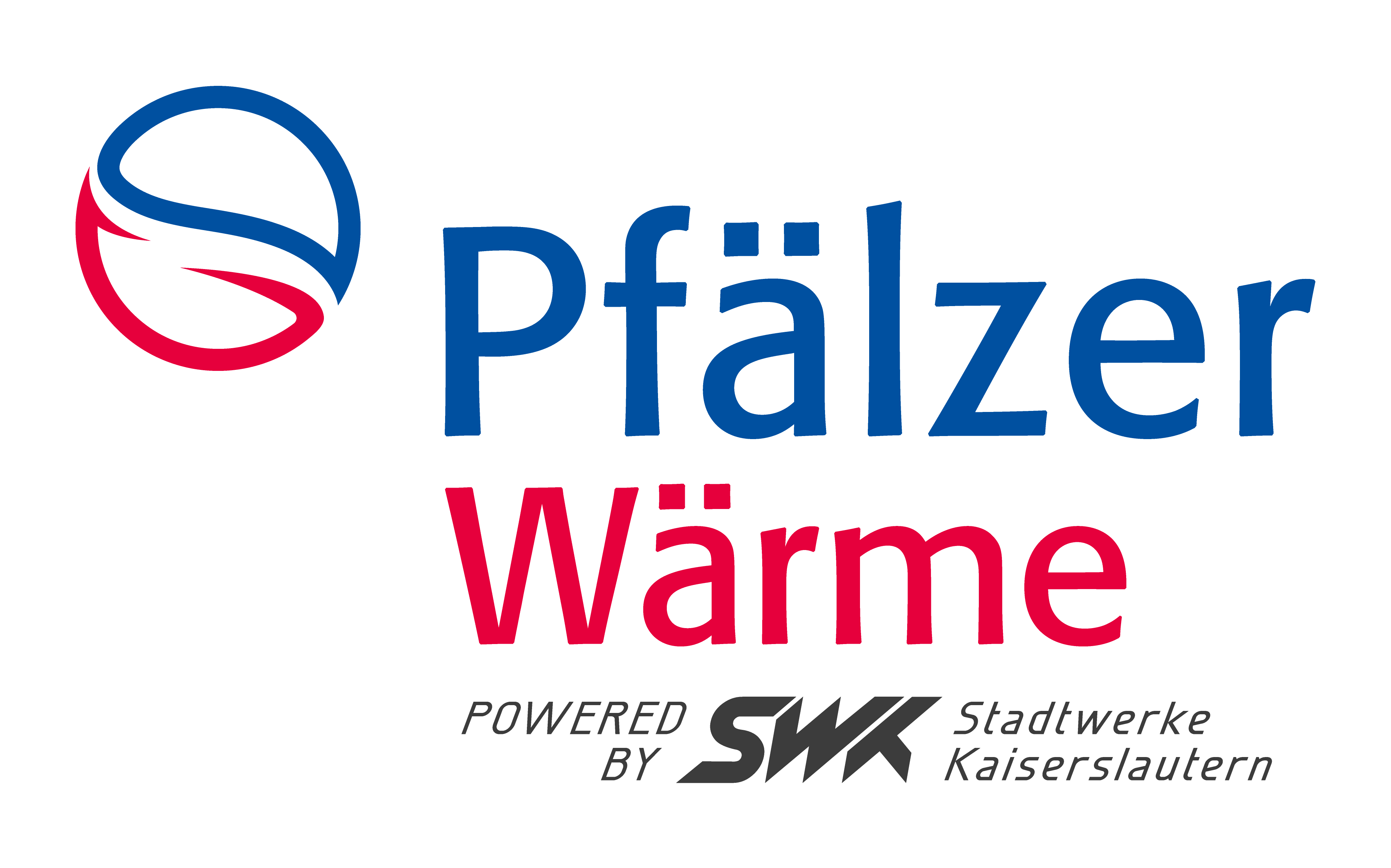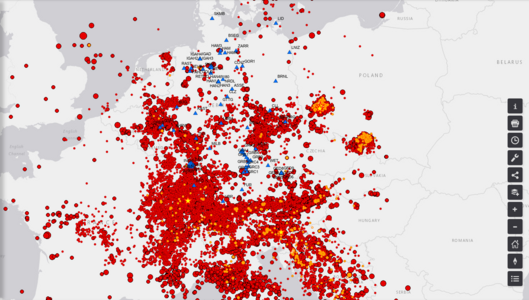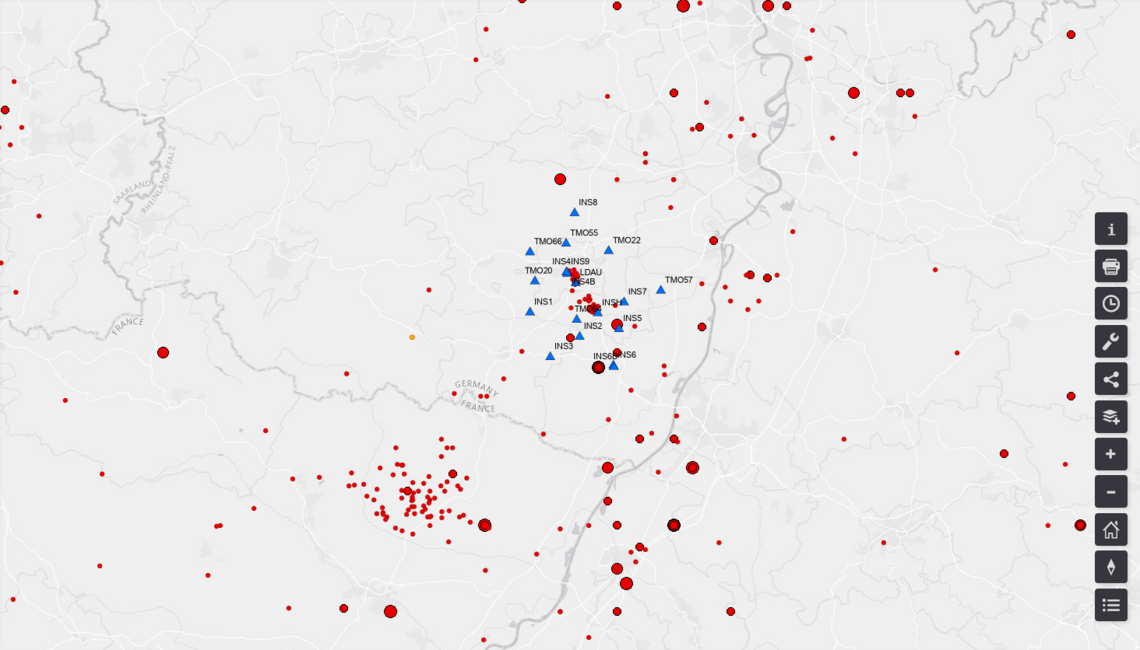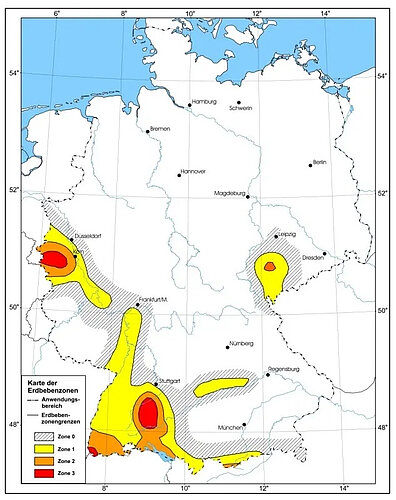Protection against seismic events
The Earth's crust, the solid ground beneath our feet, is often not as stable as it feels to us humans. In fact, larger and smaller fracture zones and the associated tensions cause phenomena such as volcanic eruptions, the formation of mountains, or earthquakes. Although we are comparatively well protected from the forces of nature in Germany, natural seismicity also occurs here regularly.
Natural seismicity
Natural seismicity is recorded and displayed on the geoportal of the Federal Institute for Geosciences and Natural Resources (BGR). The figure adjacent shows a section of the Kaiserlautern region. Red dots represent events since the year 800, orange stands for events in the past year, light orange represents events from the past month, and yellow represents events from the past week. Stars indicate current events, while blue triangles mark seismometer stations where events are recorded. By clicking on the dots, information such as the exact date, time, location, depth, and magnitude of the earthquake, and the type of event (e.g. tectonic, induced) can be called up. The diameter of the points also provides information about the strength of the earthquake.
Induced seismicity
In addition to natural seismicity, there is also man-made seismicity, known as induced seismicity. In addition to salt or coal mining, the injection of deep water can also trigger vibrations if it causes a sharp increase in pressure within the reservoir. Ideally, the returned deep water flows rapidly away from the end of the injection well, as is the case in larger fracture zones, for example. However, in less suitable drilling targets, or if the production well yields significantly more deep water than the injection well can accommodate, and the system is not aligned with the flow rate at the injection well, this can lead to a build-up of stress. This stress may eventually discharge in the form of fractures in the subsurface, resulting in associated earth movements.
Seismicity during the operation of a geothermal plant
All direct and indirect activities in the deeper solid rock of the Earth's crust can lead to reactions in the form of earth movements, also known as seismicity or seismic events. The strength and thus also the perceptibility of these events depend on the magnitude of the earth movement. In geothermal plants, seismicity has so far been observed in connection with the injection of water into the subsurface. To identify critical zones in advance, various expert reports must be submitted and approved before drilling work begins.
To minimise the risk of seismic events during operation, both the pressure at the injection well and the surrounding area of the geothermal plant are monitored using measuring stations. Parts of the stations visible as blue triangles on the BGR map belong to the power plant in Landau, for example. If the injection pressure increases and/or minor earth movements are detected, the response is to reduce the production rate or even shut down the plant.



